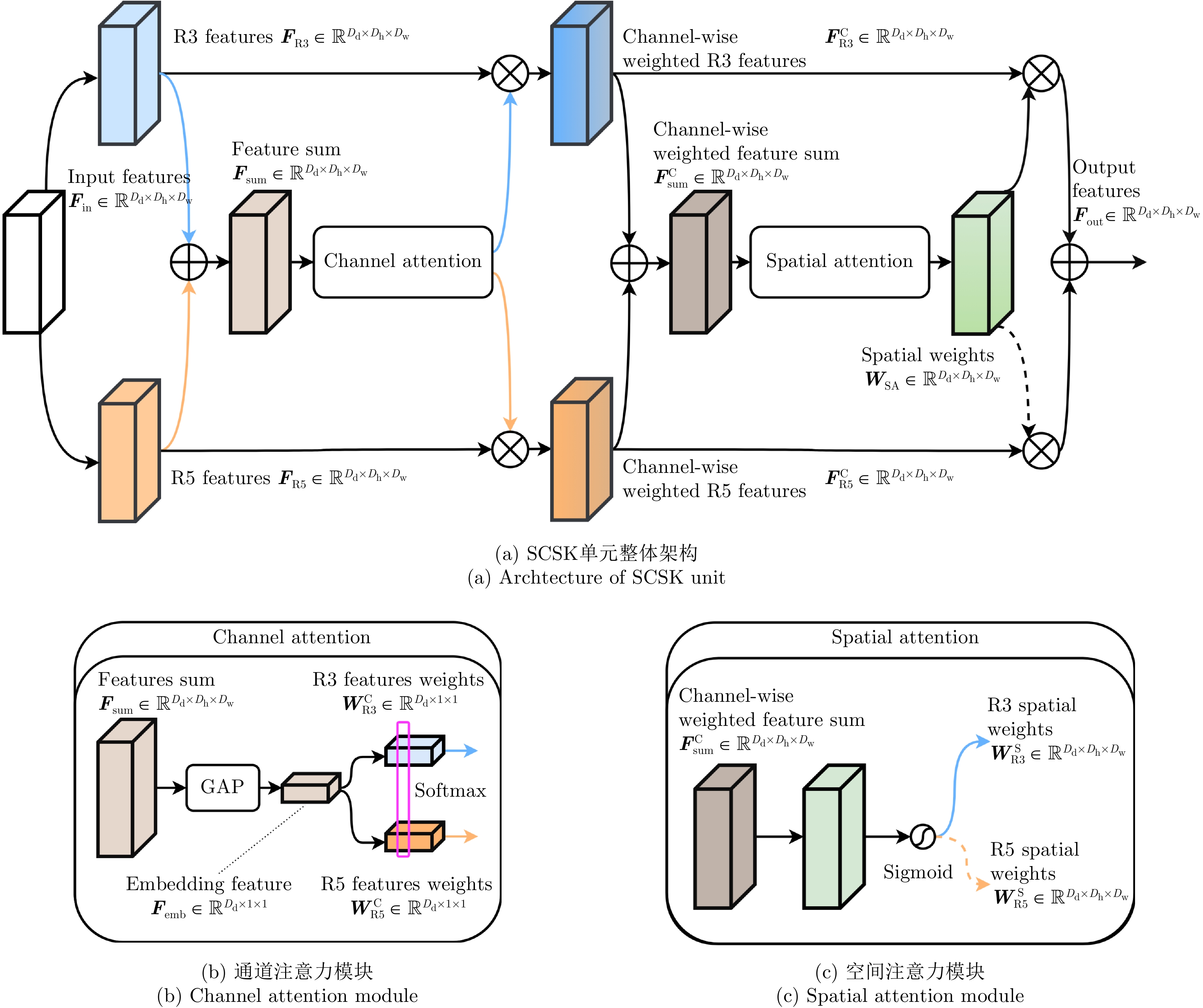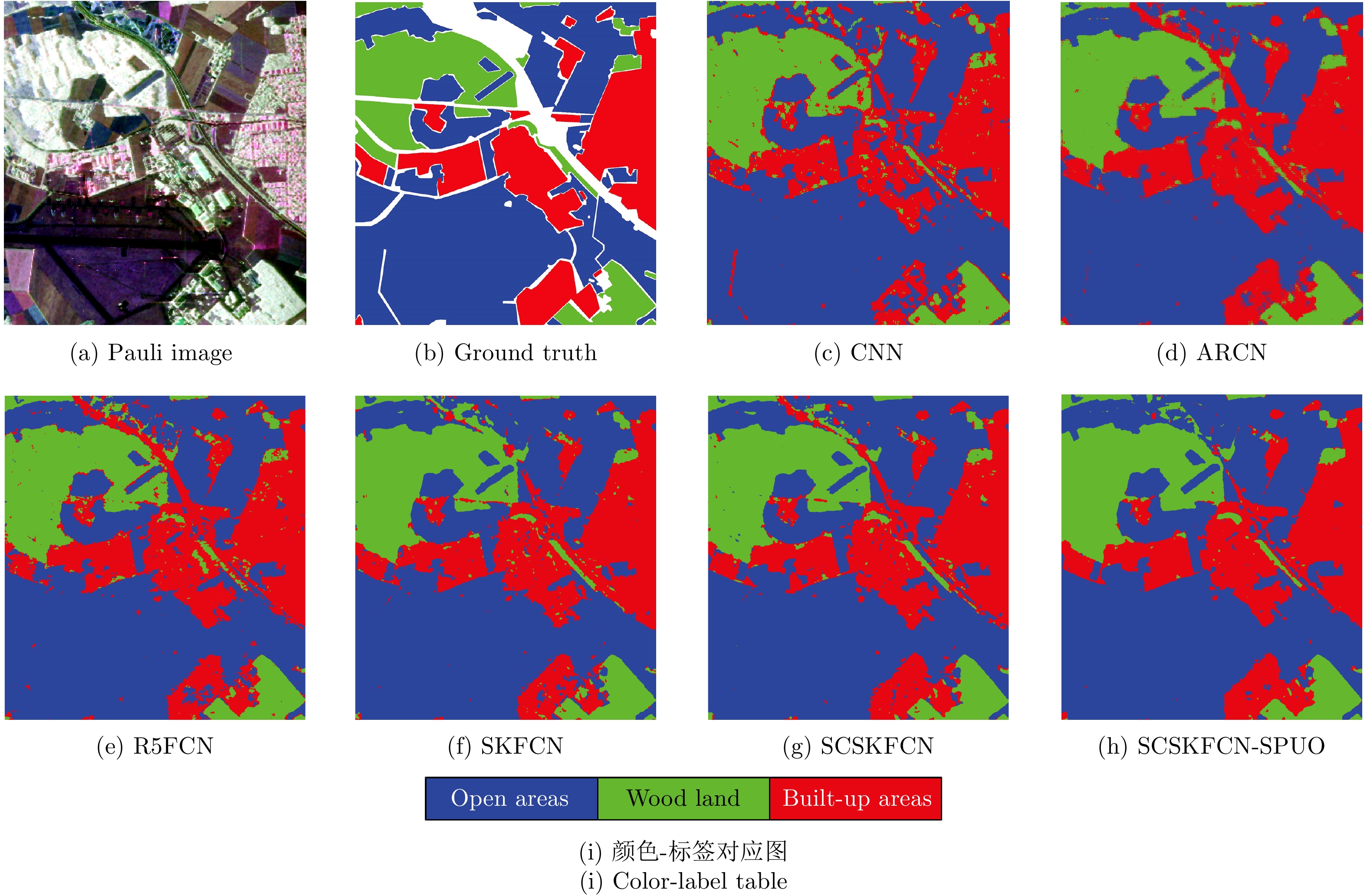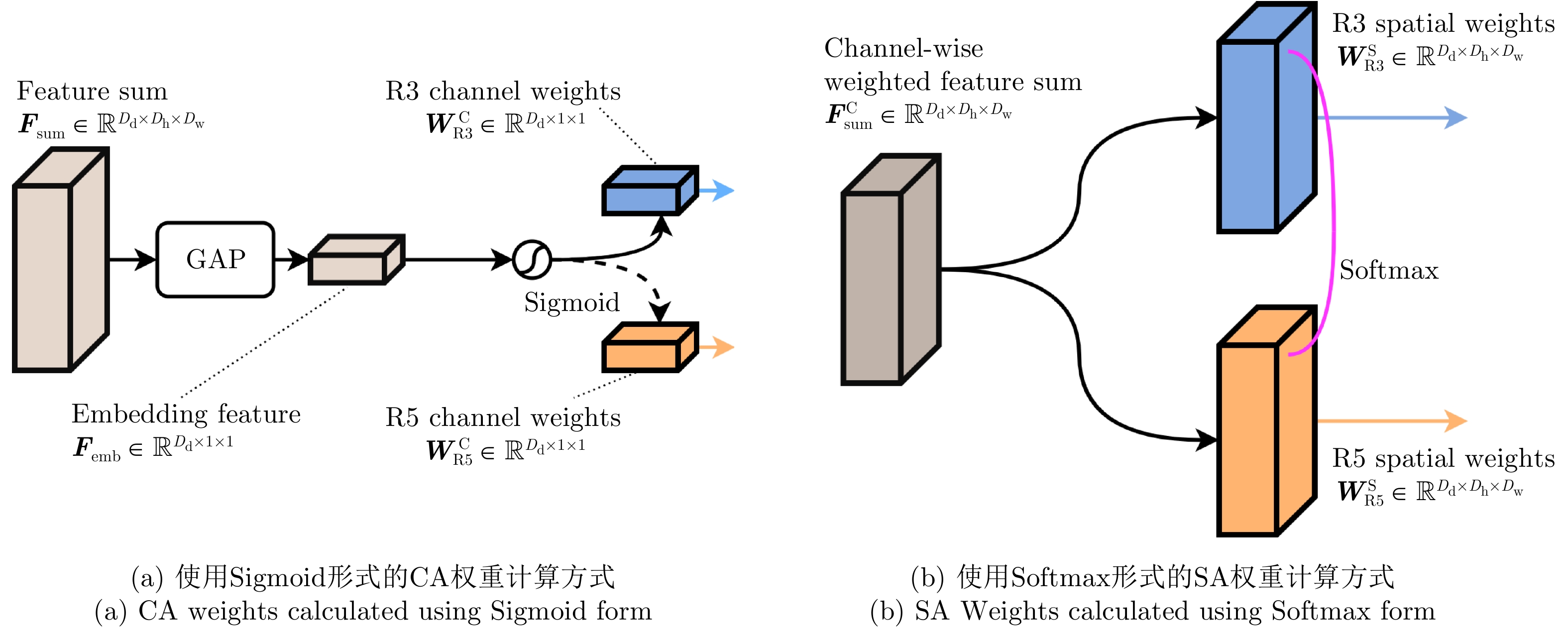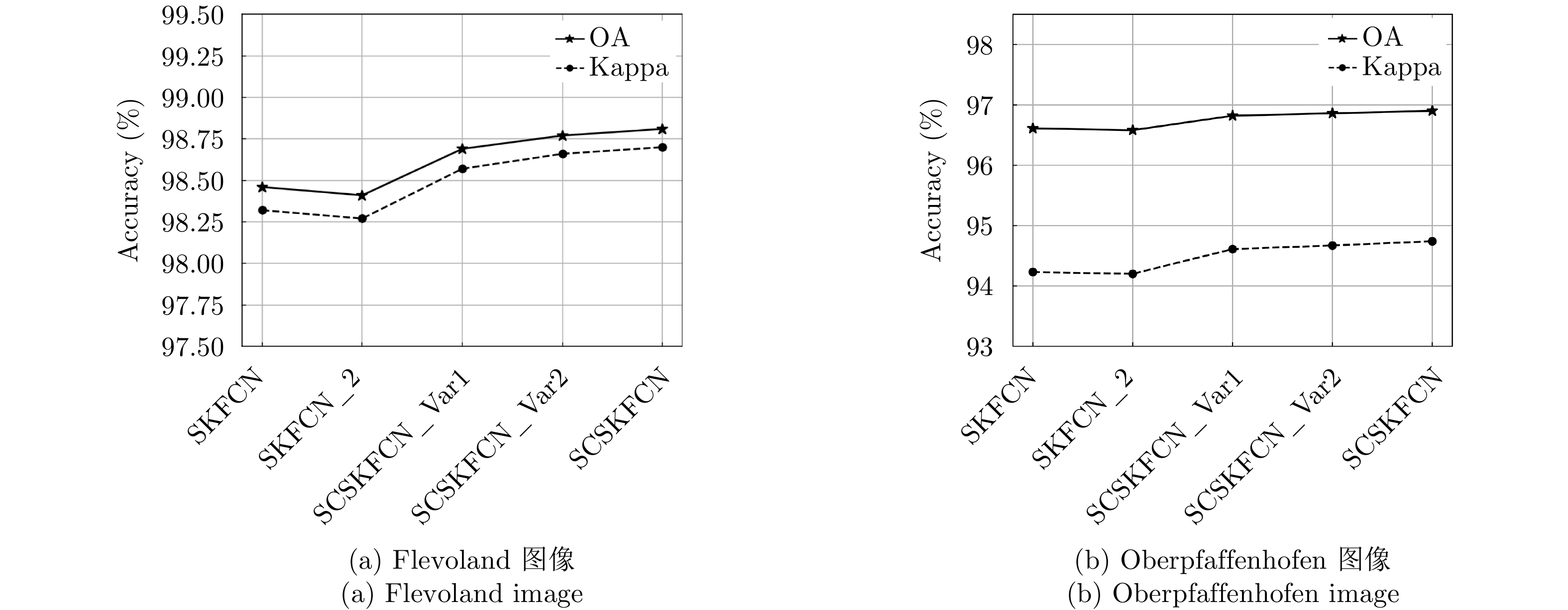| [1] |
LEE J S and POTTIER E. Polarimetric Radar Imaging: From Basics to Applications[M]. Boca Raton, USA, CRC Press, 2017: 1–10.
|
| [2] |
LEE J S, GRUNES M R, AINSWORTH T L, et al. Unsupervised classification using polarimetric decomposition and the complex Wishart classifier[J]. IEEE Transactions on Geoscience and Remote Sensing, 1999, 37(5): 2249–2258. doi: 10.1109/36.789621 |
| [3] |
WANG Haipeng, XU Feng and JIN Yaqiu. A review of polsar image classification: From polarimetry to deep learning[C]. IEEE International Geoscience and Remote Sensing Symposium, Yokohama, Japan, 2019: 3189–3192. doi: 10.1109/IGARSS.2019.8899902. |
| [4] |
CLOUDE S R and POTTIER E. An entropy based classification scheme for land applications of polarimetric SAR[J]. IEEE Transactions on Geoscience and Remote Sensing, 1997, 35(1): 68–78. doi: 10.1109/36.551935 |
| [5] |
FREEMAN A and DURDEN S L. A three-component scattering model for polarimetric SAR data[J]. IEEE Transactions on Geoscience and Remote Sensing, 1998, 36(3): 963–973. doi: 10.1109/36.673687 |
| [6] |
DEMPSTER A P, LAIRD N M, and RUBIN D B. Maximum likelihood from incomplete data via the EM algorithm[J]. Journal of the Royal Statistical Society: Series B ( Methodological) , 1977, 39(1): 1–38. doi: 10.1111/j.2517-6161.1977.tb01600.x |
| [7] |
FUKUDA S and HIROSAWA H. Support vector machine classification of land cover: Application to polarimetric SAR data[C]. IGARSS 2001. Scanning the Present and Resolving the Future. Proceedings. IEEE 2001 International Geoscience and Remote Sensing Symposium, Sydney, Australia, 2001: 187–189. doi: 10.1109/IGARSS.2001.976097. |
| [8] |
ZHANG Lamei, SUN Liangjie, and MOON W M. Polarimetric SAR image classification based on contextual sparse representation[C]. IEEE International Geoscience and Remote Sensing Symposium, Milan, Italy, 2015: 1837–1840. doi: 10.1109/IGARSS.2015.7326149. |
| [9] |
ERSAHIN K, CUMMING I G, and WARD R K. Segmentation and classification of polarimetric SAR data using spectral graph partitioning[J]. IEEE Transactions on Geoscience and Remote Sensing, 2010, 48(1): 164–174. doi: 10.1109/TGRS.2009.2024303 |
| [10] |
DU Peijun, SAMAT A, WASKE B, et al. Random forest and rotation forest for fully polarized SAR image classification using polarimetric and spatial features[J]. ISPRS Journal of Photogrammetry and Remote Sensing, 2015, 105: 38–53. doi: 10.1016/j.isprsjprs.2015.03.002 |
| [11] |
LEE J S, GRUNES M R, POTTIER E, et al. Unsupervised terrain classification preserving polarimetric scattering characteristics[J]. IEEE Transactions on Geoscience and Remote Sensing, 2004, 42(4): 722–731. doi: 10.1109/TGRS.2003.819883 |
| [12] |
LEE J S, SCHULER D L, LANG R H, et al. K-distribution for multi-look processed polarimetric SAR imagery[C]. IEEE International Geoscience and Remote Sensing Symposium, Pasadena, USA, 1994: 2179–2181. doi: 10.1109/IGARSS.1994.399685. |
| [13] |
DOULGERIS A P, ANFINSEN S N, and ELTOFT T. Classification with a non-Gaussian model for PolSAR data[J]. IEEE Transactions on Geoscience and Remote Sensing, 2008, 46(10): 2999–3009. doi: 10.1109/TGRS.2008.923025 |
| [14] |
DOULGERIS A P. An automatic U-distribution and Markov random field segmentation algorithm for PolSAR images[J]. IEEE Transactions on Geoscience and Remote Sensing, 2015, 53(4): 1819–1827. doi: 10.1109/TGRS.2014.2349575 |
| [15] |
LECUN Y, BOTTOU L, BENGIO Y, et al. Gradient-based learning applied to document recognition[J]. Proceedings of the IEEE, 1998, 86(11): 2278–2324. doi: 10.1109/5.726791 |
| [16] |
SHELHAMER E, LONG J, and DARRELL T. Fully convolutional networks for semantic segmentation[J]. IEEE Transactions on Pattern Analysis and Machine Intelligence, 2017, 39(4): 640–651. doi: 10.1109/TPAMI.2016.2572683 |
| [17] |
ZHOU Yu, WANG Haipeng, XU Feng, et al. Polarimetric SAR image classification using deep convolutional neural networks[J]. IEEE Geoscience and Remote Sensing Letters, 2016, 13(12): 1935–1939. doi: 10.1109/LGRS.2016.2618840 |
| [18] |
CHEN Siwei and TAO Chensong. PolSAR image classification using polarimetric-feature-driven deep convolutional neural network[J]. IEEE Geoscience and Remote Sensing Letters, 2018, 15(4): 627–631. doi: 10.1109/LGRS.2018.2799877 |
| [19] |
CHEN Siwei, LI Yongzhen, DAI Dahai, et al. Uniform polarimetric matrix rotation theory[C]. IEEE International Geoscience and Remote Sensing Symposium, Melbourne, Australia, 2013: 4166–4169. doi: 10.1109/IGARSS.2013.6723751. |
| [20] |
MOHAMMADIMANESH F, SALEHI B, MAHDIANPARI M, et al. A new fully convolutional neural network for semantic segmentation of polarimetric SAR imagery in complex land cover ecosystem[J]. ISPRS Journal of Photogrammetry and Remote Sensing, 2019, 151: 223–236. doi: 10.1016/j.isprsjprs.2019.03.015 |
| [21] |
LIU Xu, JIAO Licheng, TANG Xu, et al. Polarimetric convolutional network for PolSAR image classification[J]. IEEE Transactions on Geoscience and Remote Sensing, 2019, 57(5): 3040–3054. doi: 10.1109/TGRS.2018.2879984 |
| [22] |
LI Yangyang, CHEN Yanqiao, LIU Guangyuan, et al. A novel deep fully convolutional network for PolSAR image classification[J]. Remote Sensing, 2018, 10(12): 1984. doi: 10.3390/rs10121984 |
| [23] |
CHEN Yanqiao, LI Yangyang, JIAO Licheng, et al. Adversarial reconstruction-classification networks for PolSAR image classification[J]. Remote Sensing, 2019, 11(4): 415. doi: 10.3390/rs11040415 |
| [24] |
GENG Jie, MA Xiaorui, FAN Jianchao, et al. Semisupervised classification of polarimetric SAR image via superpixel restrained deep neural network[J]. IEEE Geoscience and Remote Sensing Letters, 2018, 15(1): 122–126. doi: 10.1109/LGRS.2017.2777450 |
| [25] |
BI Haixia, SUN Jian, and XU Zongben. A graph-based semisupervised deep learning model for PolSAR image classification[J]. IEEE Transactions on Geoscience and Remote Sensing, 2019, 57(4): 2116–2132. doi: 10.1109/TGRS.2018.2871504 |
| [26] |
XIE Wen, MA Gaini, ZHAO Feng, et al. PolSAR image classification via a novel semi-supervised recurrent complex-valued convolution neural network[J]. Neurocomputing, 2020, 388: 255–268. doi: 10.1016/j.neucom.2020.01.020 |
| [27] |
HUA Wenqiang, WANG Shuang, XIE Wen, et al. Dual-channel convolutional neural network for polarimetric SAR images classification[C]. IEEE International Geoscience and Remote Sensing Symposium, Yokohama, Japan, 2019: 3201–3204. doi: 10.1109/IGARSS.2019.8899103. |
| [28] |
LI Xiang, WANG Wenhai, HU Xiaolin, et al. Selective kernel networks[C]. IEEE/CVF Conference on Computer Vision and Pattern Recognition (CVPR), Long Beach, USA, 2019: 510–519. doi: 10.1109/CVPR.2019.00060. |
| [29] |
WOO S, PARK J, LEE J Y, et al. CBAM: Convolutional block attention module[C]. 15th European Conference on Computer Vision-ECCV 2018, Munich, Germany, 2018: 3–19. doi: 10.1007/978-3-030-01234-2_1. |
| [30] |
PARK J, WOO S, LEE J Y, et al. BAM: Bottleneck attention module[J]. arXiv preprint arXiv: 1807.06514, 2018.
|
| [31] |
XU Bing, WANG Naiyan, CHEN Tianqi, et al. Empirical evaluation of rectified activations in convolutional network[J]. arXiv preprint arXiv: 1505.00853, 2015.
|
| [32] |
MAAS A L, HANNUN A Y, and NG A Y. Rectifier nonlinearities improve neural network acoustic models[C]. The 30th International Conference on Machine Learning, Atlanta, USA, 2013.
|
| [33] |
YU F and KOLTUN V. Multi-scale context aggregation by dilated convolutions[J]. arXiv preprint arXiv: 1511.07122, 2015.
|
| [34] |
HU Jie, SHEN Li, ALBANIE S, et al. Squeeze-and-excitation networks[J]. IEEE Transactions on Pattern Analysis and Machine Intelligence, 2020, 42(8): 2011–2023. doi: 10.1109/TPAMI.2019.2913372 |
| [35] |
LI Mu. Efficient mini-batch training for stochastic optimization[C]. The 20th ACM Sigkdd International Conference on Knowledge Discovery and Data Mining, Virtual Event, Singapore, 2014: 661–670.
|




 Submit Manuscript
Submit Manuscript Peer Review
Peer Review Editor Work
Editor Work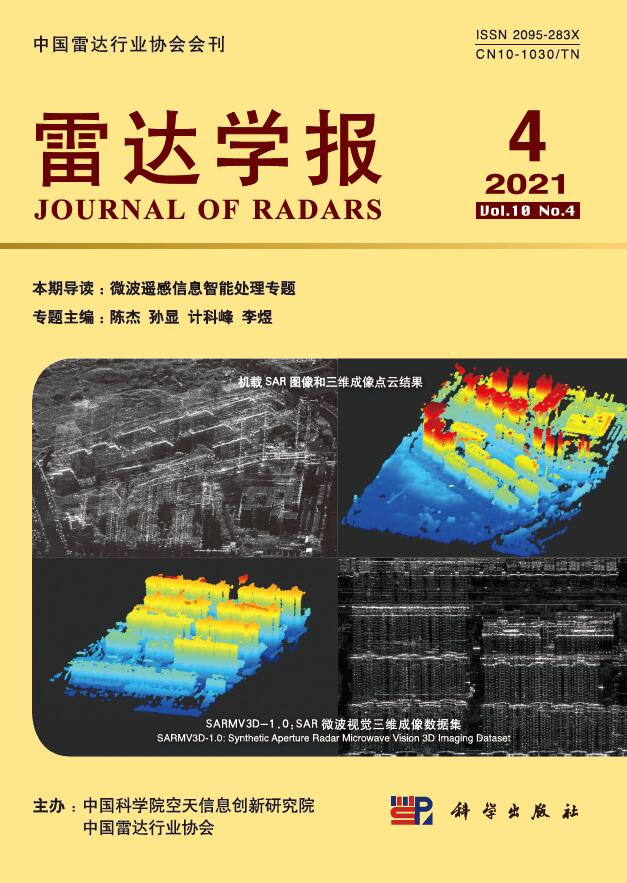

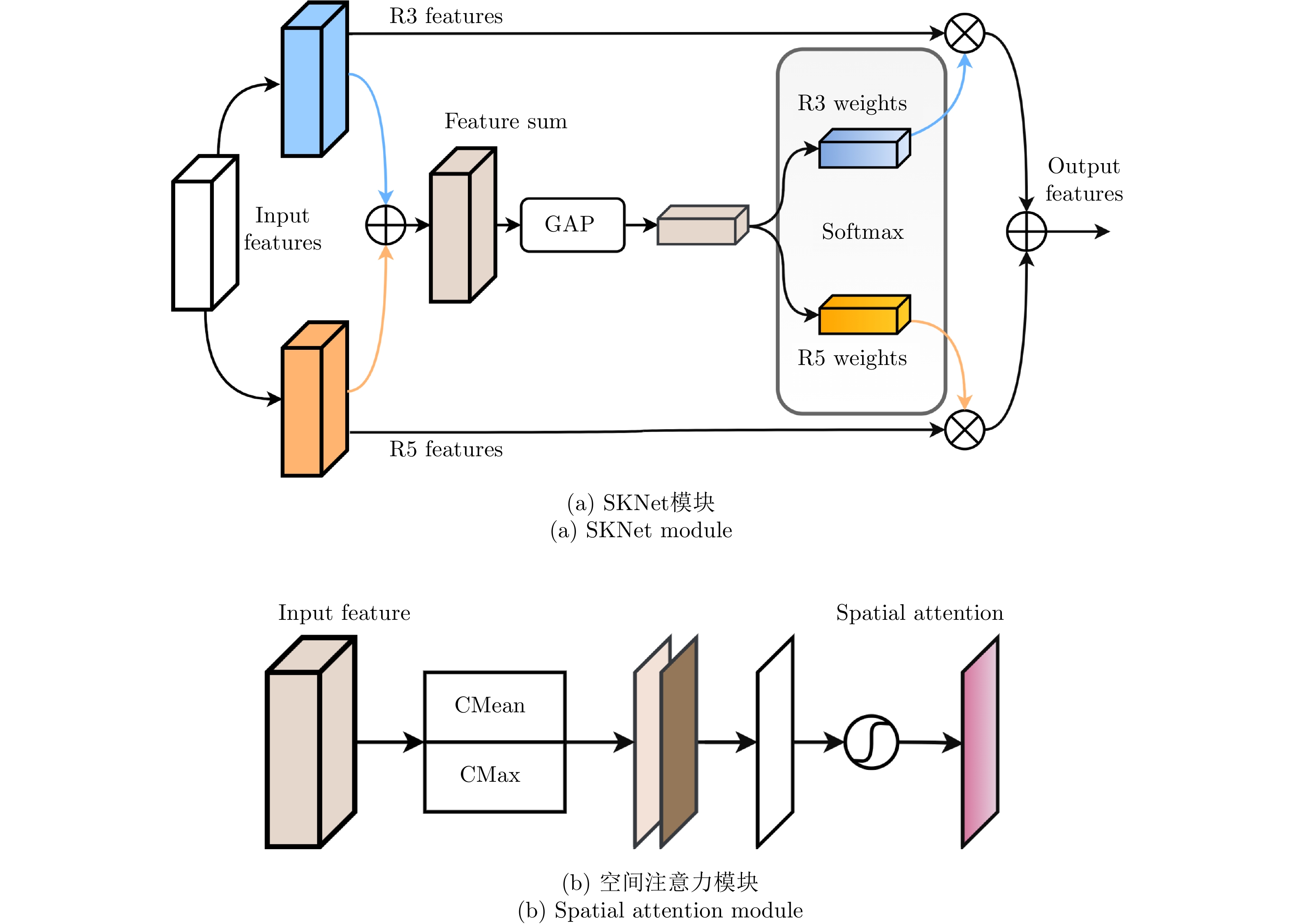



 DownLoad:
DownLoad:
